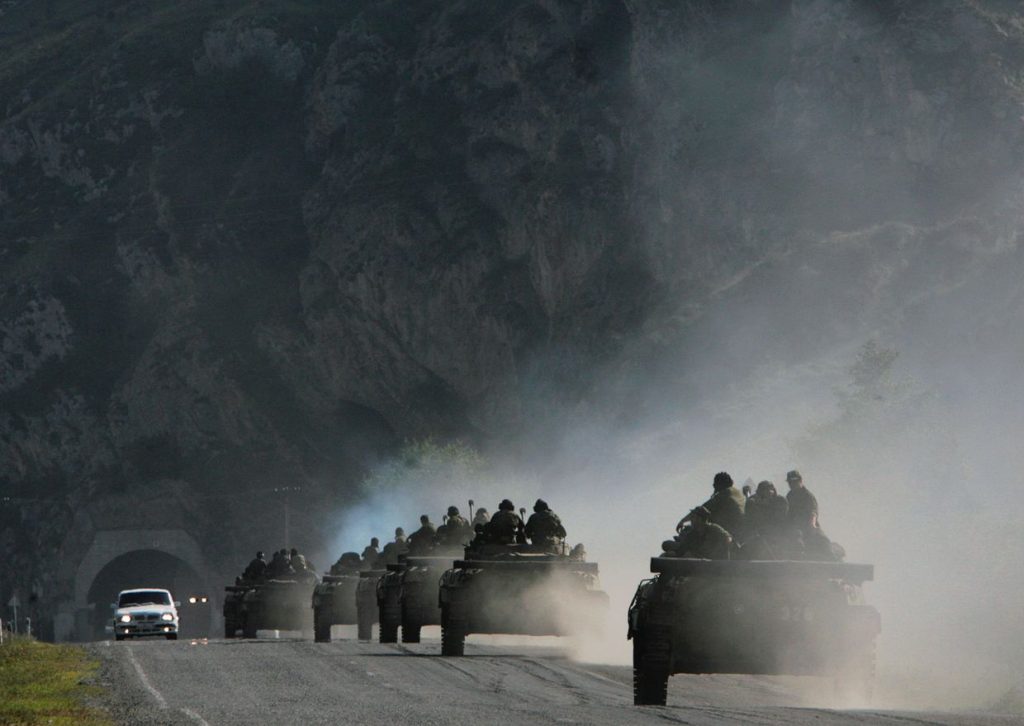Russia’s Potential for Large-Scale War in Europe
The Danish Defense Intelligence Service (DDIS) has issued a stark warning in its latest unclassified intelligence assessment, suggesting that Russia may have the opportunity to launch a large-scale war against Europe within the next five years. This alarming assessment is predicated on the condition that Russia perceives NATO as militarily weakened or politically divided. The report, published on February 9, emphasizes that while Russia currently views itself as in conflict with the West and is actively preparing for a potential war against NATO, no decision to initiate such a conflict has been made. However, the ongoing buildup of military capabilities indicates that Russia is positioning itself to have the option if deemed necessary. This intelligence comes at a critical time, as Western leaders and defense officials have been increasingly vocal about the mounting threat from Russia and the current lack of preparedness among European nations.
Fracturing Alliances and Political Divisiveness
The DDIS report underscores the potential for fracturing among NATO members, which could present a strategic opportunity for Moscow. This divisiveness is particularly concerning given the recent remarks by U.S. President Donald Trump, who, in February 2024, declared that he would encourage Russia to do "whatever the hell they want" to NATO member countries that fail to meet defense spending criteria. This statement, which suggests a disregard for the alliance’s collective defense principle, has sparked international outrage and raised serious questions about the reliability of U.S. commitment to European security. Since taking office, Trump has also caused friction within NATO by threatening to use military force to gain control of Greenland, an autonomous region of Denmark, and by considering economic coercion to compel Canada to become a U.S. state. These actions have further eroded trust and cohesion within the alliance.
Reallocation of Military Resources
The report also highlights the potential for Russia to wage war with a neighboring country within six months if it can reallocate military resources from Ukraine. This reallocation could occur in the event of a frozen conflict or the end of the ongoing war in Ukraine. The DDIS assesses that such a scenario would pose a significant regional threat to the Baltic states within two years. If the United States does not intervene, the possibility of a large-scale war with Europe looms within five years. The report notes that the evolution of the conflict in Ukraine will play a crucial role in shaping Russia’s future intentions. It is unlikely that Russia could sustain both the war in Ukraine and a simultaneous war with NATO, but the potential for such a reallocation of resources remains a serious concern.
NATO’s Defense Spending and Capabilities
The DDIS report does not account for an increase in NATO’s military capabilities to match those of Moscow. However, on December 12, the Financial Times reported that European NATO foreign ministers began discussing a plan to gradually increase the alliance’s defense spending target from 2% of their GDP to 3% by 2030. This move is seen as a necessary step to bolster NATO’s collective defense capabilities and to address the growing threat posed by Russia. Incoming U.S. President Donald Trump has called for an even more radical increase, advocating for defense spending to reach 5% of GDP. While this proposal is ambitious and may face significant resistance, it underscores the urgency of strengthening NATO’s military readiness in the face of Russian aggression.
Consultations and Diplomatic Efforts
In an effort to ensure that NATO allies are adequately prepared and involved in decision-making processes, Keith Kellogg, Trump’s envoy for Ukraine and Russia, has reportedly assured European diplomats that NATO allies will be consulted before finalizing any peace proposal for Ukraine. This commitment to consultation is crucial for maintaining trust and cohesion within the alliance, especially given the recent tensions and uncertainties. The European response to these consultations will be a key indicator of the alliance’s ability to present a united front against Russian threats. The willingness of European nations to increase their defense spending and to engage in robust diplomatic efforts will be essential in deterring potential Russian aggression and ensuring the security of the European continent.
Conclusion and Future Implications
In conclusion, the DDIS report paints a sobering picture of the potential for a large-scale war between Russia and Europe. The key factors that could precipitate such a conflict include political divisiveness within NATO, a reallocation of Russian military resources, and the lack of military readiness among European nations. While there are efforts to increase defense spending and to strengthen diplomatic ties, the threat remains significant. The incoming U.S. administration’s stance and the ability of NATO to remain cohesive will be crucial in deterring Russian aggression and ensuring the long-term security of Europe. As tensions continue to rise, it is imperative that NATO and its member states take decisive and coordinated actions to enhance their defense capabilities and to present a united front against the evolving Russian threat.












